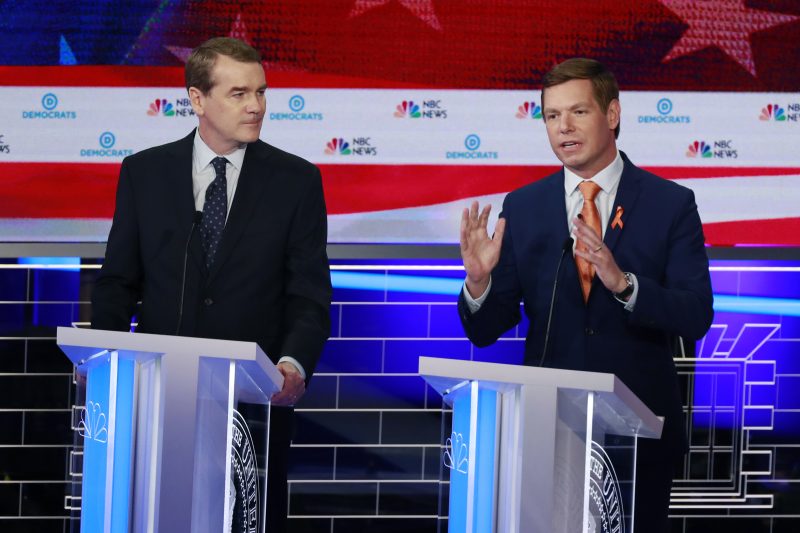In a rapidly changing political landscape, the issue of generational leadership transition has become a focal point for the Democratic party. Despite calls for rejuvenation and the infusion of new ideas, Democrats find themselves struggling to effectively pass the torch to younger leaders. This challenge raises important questions about the party’s ability to adapt and remain relevant in the face of evolving societal dynamics.
One key stumbling block that Democrats face in the transition to younger leaders lies in the entrenched power structures within the party. Long-standing incumbents and established figures often exert significant influence, making it difficult for newer and younger voices to rise to prominence. This dynamic creates a barrier to the emergence of fresh perspectives and innovative approaches to governance, hindering the party’s ability to connect with younger voters who are demanding change.
Moreover, the lack of a clear succession plan within the Democratic party contributes to the challenges associated with passing the torch to younger leaders. Without a well-defined pathway for emerging leaders to ascend to positions of influence and authority, the party risks stagnation and alienation of younger, more diverse constituencies. This absence of a structured succession plan leaves the party vulnerable to internal discord and limits its capacity to adapt to changing political landscapes.
Additionally, the issue of generational leadership transition within the Democratic party is further complicated by the diversity of perspectives and priorities among younger members. While there is a shared desire for change and progress, there are divergent views on how best to achieve these goals. Bridging these ideological differences and fostering unity among younger leaders is crucial for the party to present a coherent and compelling vision to voters.
In order to overcome these challenges and effectively pass the torch to younger leaders, the Democratic party must undertake a series of strategic initiatives. First and foremost, the party must actively work to cultivate and empower emerging leaders by providing them with opportunities for mentorship, skill development, and meaningful engagement in decision-making processes. By investing in the development of younger talent, the party can foster a new generation of leaders who are equipped to address the complex challenges of the 21st century.
Furthermore, the Democratic party must prioritize inclusivity and diversity in its leadership ranks, ensuring that voices from all backgrounds and experiences are represented at the highest levels. By promoting a culture of inclusiveness and belonging, the party can attract a broader range of talent and perspectives, strengthening its ability to connect with voters across demographic lines.
Ultimately, the successful transition to younger leaders within the Democratic party will require a collective effort from all members and stakeholders. By embracing the imperatives of change, adaptability, and inclusivity, the party can position itself as a dynamic and forward-thinking force in American politics, capable of addressing the pressing issues of our time and resonating with a new generation of voters.

